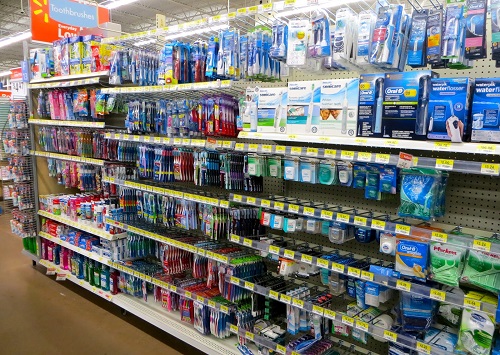Which Toothbrush is Right For You?
Choosing the right toothbrush can be crucial for enhancing a happy, healthy set of chompers. We have a few ideas to keep in mind when[…]

Tips for Choosing the Right Toothbrush for Your Child
It’s coming up on the 3-month mark for your kid’s toothbrush, so you decide to make a quick trip to the corner drugstore for a[…]
